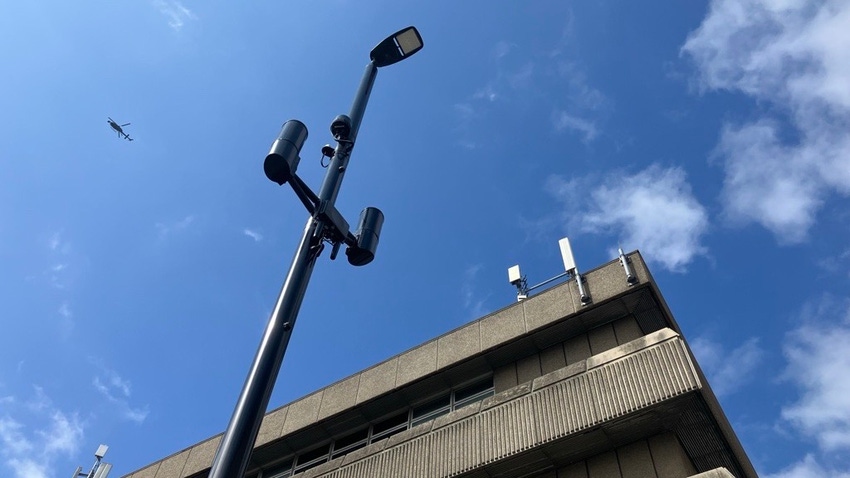Looking ahead: Operators warming to neutral host
Momentum is building behind neutral host networks that can be shared, but it is not all smooth sailing.

Neutral host networks are a type of private network that can be shared by multiple actors, including service providers. This means that apart from serving the same use cases as other private networks, they can also be made available to carriers to extend their coverage, typically indoors.
Around 80% of mobile network consumption happens indoors, but bringing 5G indoors is a complex task for operators. Conventionally, this has been done with distributed antenna systems (DAS), an expensive option that is not plausible for most venues.
Neutral host networks aren't deployed by the mobile operator, however, which slashes capex requirements. Many service providers are already under considerable financial strain from their 5G rollouts and subsequent struggles to monetize the technology, making cost savings a big advantage.
Consequently, many operators are reevaluating neutral host networks. In the past, they were reluctant to use networks they didn't control because of the possible repercussions from quality issues impacting customer experience. And while some operators remain reluctant, others are moving ahead with neutral host partners.
The CBRS advantage
As Pablo Tomasi, principal analyst for private networks at Omdia (a Light Reading sister company) wrote in August, neutral host networks are well placed to address the needs of transport venues and shopping malls in the US. In Europe, meanwhile, most demand is expected to come from the logistics vertical – ports and airports, for example.
Timing has been particularly auspicious in the US, where the release of CBRS spectrum in 2019 coincided with greater availability of Multiple Operator Core Network (MOCN) technology, which is used in most neutral host deployments in the country. At the same time, neutral hosts can help address persisting issues with the digital divide and indoor coverage.
This year there has been discussion about AT&T and T-Mobile partnering with neutral host companies like Celona, InfiniG and others, but it will take time for such partnerships to become ubiquitous and for the neutral host networks to bring a seamless experience that will be the same for all operators' customers.
It is also worth noting that Verizon has yet toembrace neutral host networks, although it may only be a matter of time before it does. The company is likely more reluctant to support neutral host networks because of the impact on its DAS business.
Focus on densification
Meanwhile, the UK regulator Ofcom recently launched a consultation on spectrum sharing that may help remove some bureaucratic hurdles that have held back neutral host networks.
At the same time, neutral host is also presenting itself as a possible solution to the need for densification in the UK and Ireland. Here too, low costs are a particularly attractive argument in their favor.
In this scenario, a company like Cellnex, which acquired towers from many of Europe's traditional telcos, would essentially rent space on its masts to multiple operators or tenants.
In a recent survey of telco decision makers, three quarters of respondents said they would consider neutral host for their 5G deployment. One particular concern, however, is that the number of neutral host providers would need to be very low, sparking regulator fears of "consolidation through back door," as Light Reading has reported.
About the Author(s)
You May Also Like












